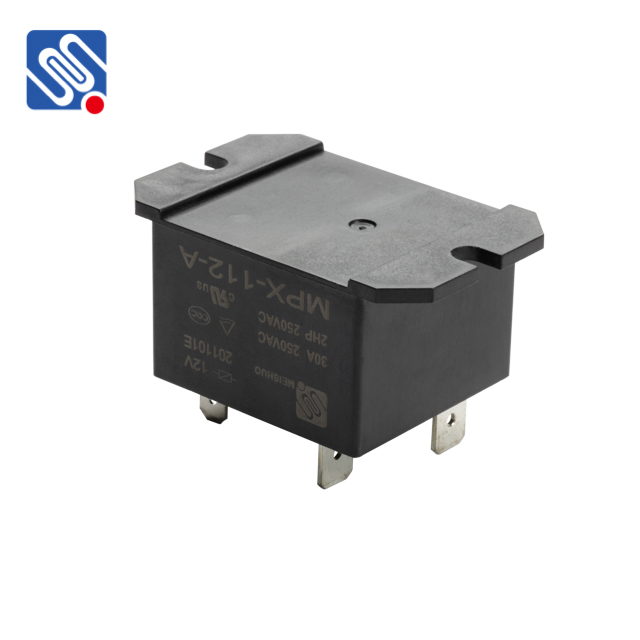understanding the 220v 30a relay: applications, functionality, and key considerations
Release time:2025-08-26 20:25:26
Relays are essential components in the field of electrical engineering, used to control high-voltage or high-current devices with relatively low-voltage signals. Among the various types of relays available, the 220V 30A Relay stands out as one of the most popular choices for applications that require the switching of high power systems, such as industrial machines, home appliances, and automotive electronics. This article provides an in-depth look at the functionality, applications, and considerations surrounding the 220V 30A relay, helping you understand its critical role in modern electrical systems.

What is a 220V 30A Relay?
A 220V 30A relay is an electromechanical switch designed to control circuits operating at 220 volts and a maximum current of 30 amps. Relays like this one are commonly used in high-power systems where direct control via low voltage would be impractical or inefficient. The relay consists of a coil that generates a magnetic field when energized, which either closes or opens electrical contacts to control the flow of current in a connected circuit.
Working Principle of a 220V 30A Relay
The working principle of a relay is relatively simple but effective. When a voltage is applied to the relay coil, it produces a magnetic field that pulls an armature, which in turn opens or closes the relay's contact points. These contacts, which are typically rated for higher voltages and currents, enable the relay to control devices that would otherwise require a larger and more complex switch. In the case of the 220V 30A relay, the contacts are rated to handle a maximum current of 30A, which is suitable for devices like air conditioners, industrial motors, and large appliances.

